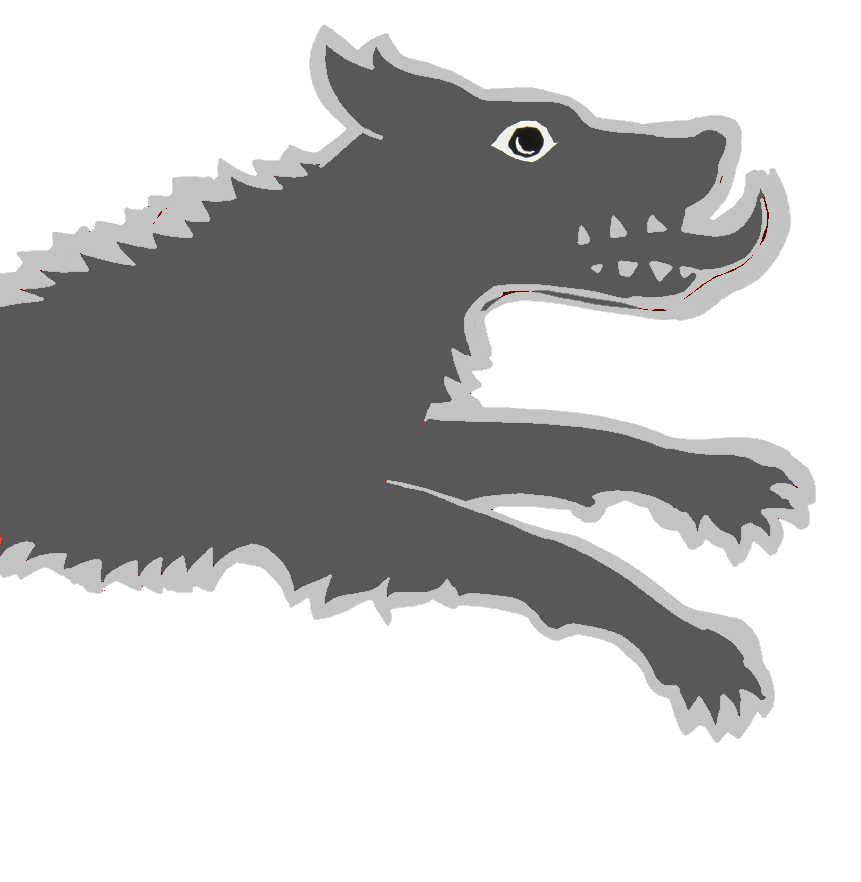Animal species will expand into suitable habitat nearby, certainly. Whether they cease to exist in their original range is usually a question of the habitat there becoming unsuitable for some reason or another - maybe through climate change, or increased predation, or because that species has changed the original habitat itself - which is what you seem to be talking about. That is usually a question of overgrazing or similar, and typically will be a cyclical thing: population boom leads to overgrazing, which leads to migration and/or population crash due to starvation, which then allows the food source to recover and rinse and repeat.
I am struggling to think of a particular animal species which has permanently changed the habitat of an area to the point where they couldn’t survive there - other than human. There are plenty of plants and microorganisms though. That is the whole basis of ecological succession.
Mostly asking because this appears to have happened in a fictional world’s ecology (Pokemon, oddly enough), and I have no idea if the concept has any basis in reality.
(In Pokemon, some subspecies seem to have gone extinct in their equivalent of Hokkaido, but some remained extant in the prefecture/region just to the south in-universe)
If I recall correctly camelids originally developed in the northern tundras (cold desert) before becoming more adapted to mountainous areas and hot deserts. I think there are fossils of camels in northern Canada.


